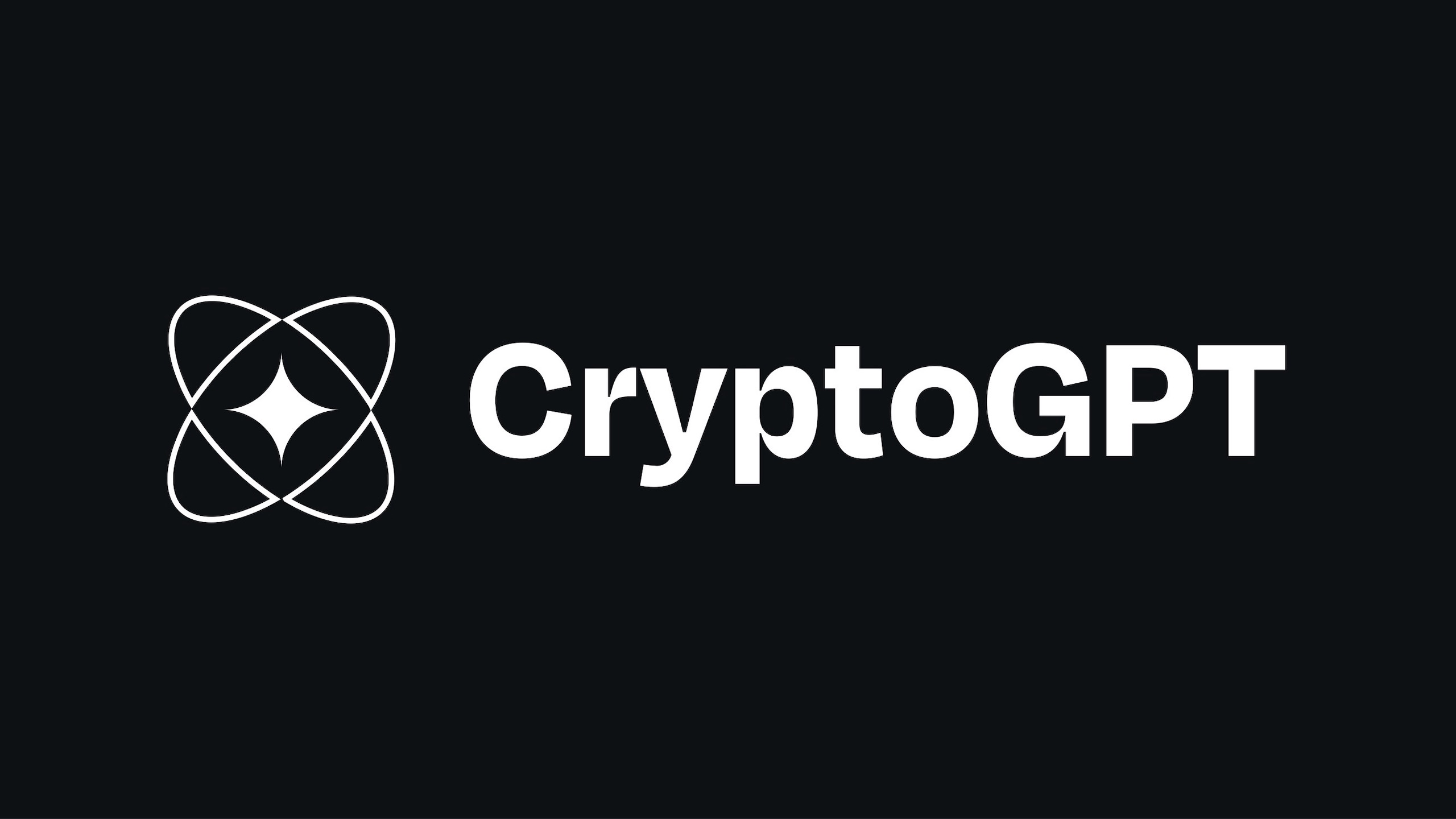AI-focused blockchain project CryptoGPT is at the center of a controversy after Blockworks co-founder Jason Yanowitz called it an outright scam.
In a Twitter thread explaining his research findings, Yanowitz said he would not touch the project with a ten-foot pole and explained his reasons for the decision.
We recently reported on CryptoGPT’s 2023 wins; first movers on the token pocketed 286% in gains, while those who waited for the close of Q1 made off with healthy returns of 115%.
Suspicious and fake team members
According to Yanowitz, the first sign that something was wrong was in the team behind CryptoGPT. The project initially had Jamila Jelani listed as the CEO/Founder. Jelani claimed she was the marketing lead at Alibaba.
But there is no evidence to support this claim, as her LinkedIn page is only a month old. Her role was later changed to marketer before it was eventually removed from the website entirely.
Gut take: CryptoGPT is an outright scam
I wouldn't touch it with a 10 foot pole 🧵 pic.twitter.com/ZnYVNQGuTd
— Yano 🟪 (@JasonYanowitz) April 10, 2023
Additionally, the CTO for the project, Dejan Erja, claimed he worked at GateHub and Ripple. But there is no information online connecting him to Ripple, and he has never posted on his LinkedIn page.
Meanwhile, the ecosystem lead for the project, Art Bagdonas, has zero online presence, which suggests that he is a fake person.

Bogus claims and valuation
Yanowitz also expressed concerns about the claims made by the project. Despite launching only a few months ago, it claims to have more than 2 million users and now has a market valuation of $250 million.
Given the current market conditions, Yanowitz believes these claims are absurd. He also noted that the CryptoGPT website relies heavily on buzzwords such as AI assistant, NFTs, Data-to-AI, ZK roll-up, etc.
Who is DWF Labs?
What confirmed Yanowitz’s suspicions about CryptoGPT is its lead investor, DWF Labs. DWF claims to be a TradFi market maker that has been around since 2016. It recently made a $10 million investment into CryptoGPT.
But DWF has been very busy in the past six months, investing almost $200 million into several projects. Research and on-chain data, compiled by Nay Gmy, suggested there was more to these investments.
1/ Who the heck is DWF Labs?
In the last couple of months, they have been everywhere, throwing ridiculous checks at everyone from legit projects to dead ones.
I dug a bit into on-chain data and other resources, and it doesn't look good.
— Nay (@nay_gmi) April 10, 2023
In most cases, what DWF describes as investments refers simply to the acquisition of tokens and subsequent dumping of them on centralized exchanges. After investing in projects, news of the investment generates positive retail action for the tokens, and the firm dumps the tokens to make a profit.
Onchain data shows that the company has invested $65 million. But research suggests that investments exceed $150 million. The firm has made some profits from these deals, but not in all cases.
Given that these so-called investments are not always profitable, there are speculations that DFW might be a front for money laundering.
DWF responds
DWF Labs Managing Partner Andrei Grachev responded to the recent attention the firm has received, writing that its vision is to “be a leader of every liquid / investment / MM / Institutional niche in the crypto industry.”
Grachev detailed the firm’s investment target, philosophy, evaluation process, and the timing of investment in a LinkedIn post. According to him, the company’s focus is to take care of its portfolio projects and listen to their needs.









 and then
and then